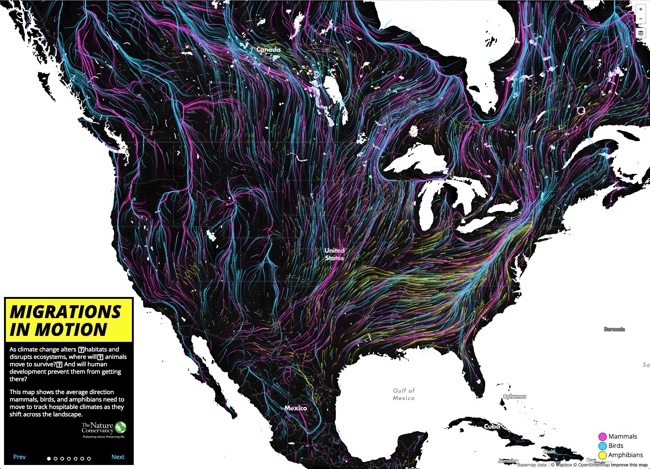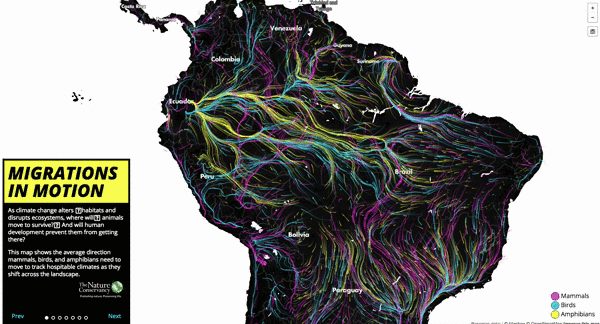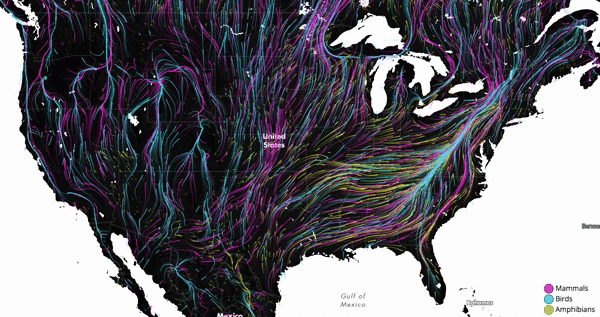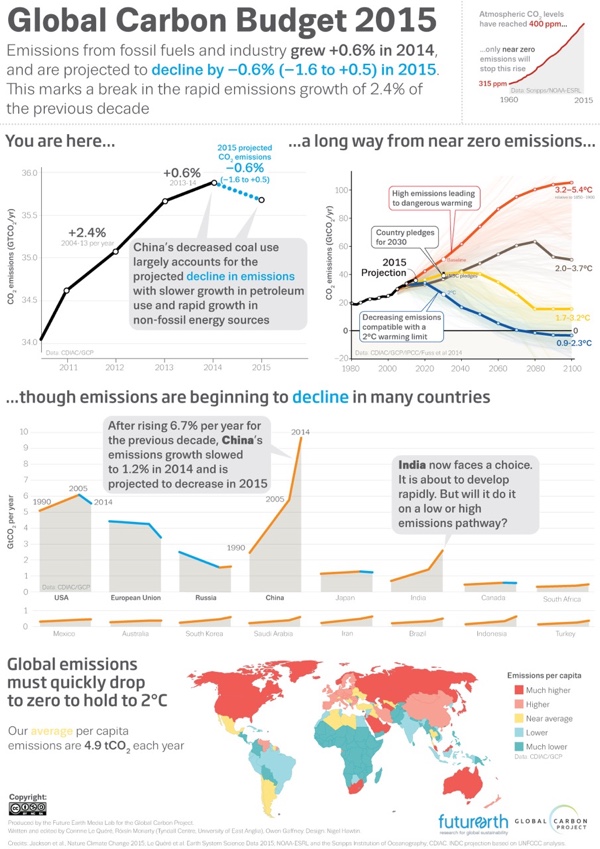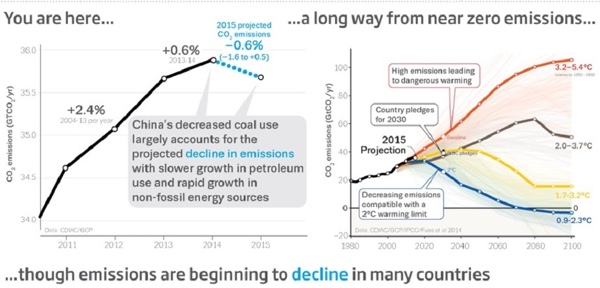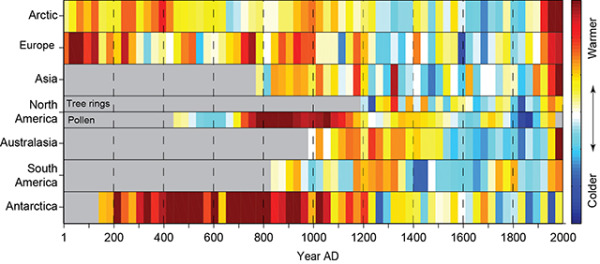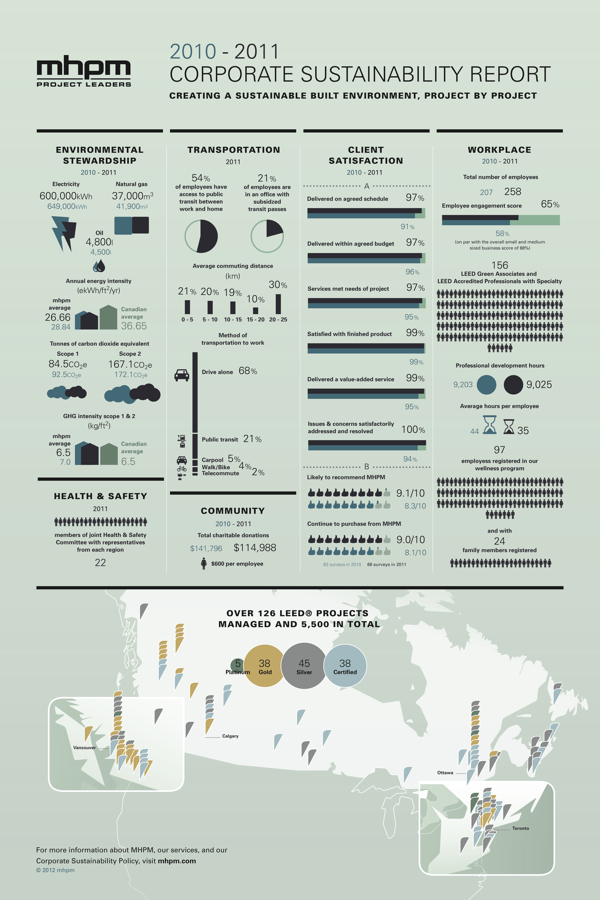
Volvo’s new infographic puts their 2011 CSR (Corporate Social Responsibility) and Sustainability Report into a tidy, easy to read design! Shaping the Future of Transport focuses on Volvo’s environmental, economic, and social responsibility.
All you need to know about the Volvo Group’ CSR and Sustainability Report 2011.
The Volvo Group’s vision is to become world leader in sustainable transport solutions. We’re convinced that efficient transport is crucial for societal and economic development. We have the skills, resources and global reach to shape the future of transport.
This is a fantastic use of an infographic as a corporate communication tool. Volvo is using this infographic as an awareness tool to put their Sustainability Report in front of more readers and broaden the awareness of their efforts. It’s designed as a top-level overview, and if the reader wants more information, they know how to find the full report.
The illustrations obviously represent the varied forms of transport that Volvo is involved in, and my only criticism is that the design is mostly text. They list locations, percentages, company historical events and other statistics about Volvo that should all be data visualizations. At they bottom, they should include the URL to the original landing page, and a copyright statement.
On the original landing page, the whole infographic is a link to their online Sustainability Report front page, but it would have been nice for them to use an HTML Image Map to make the separate statistics and call-outs link to the specific, related web pages in the report.
Thanks to Gustaf for sending in the link!
 climate,
climate,  earth,
earth,  environment,
environment,  history,
history,  temperature,
temperature,  timeline,
timeline,  weather
weather 










